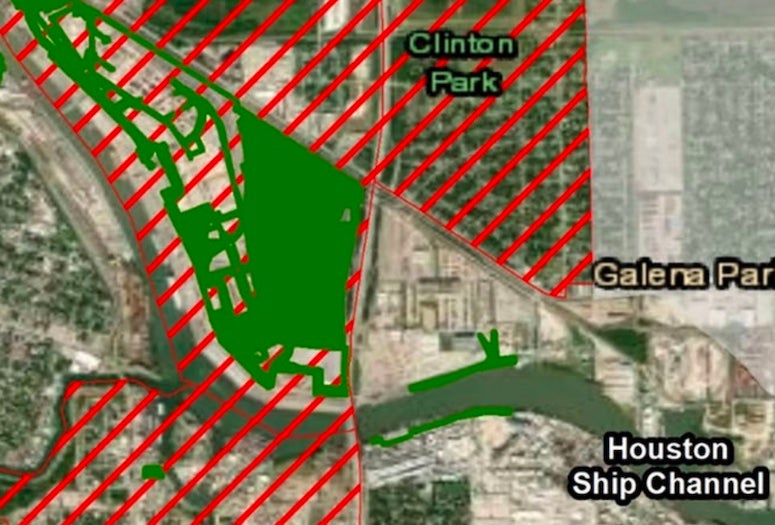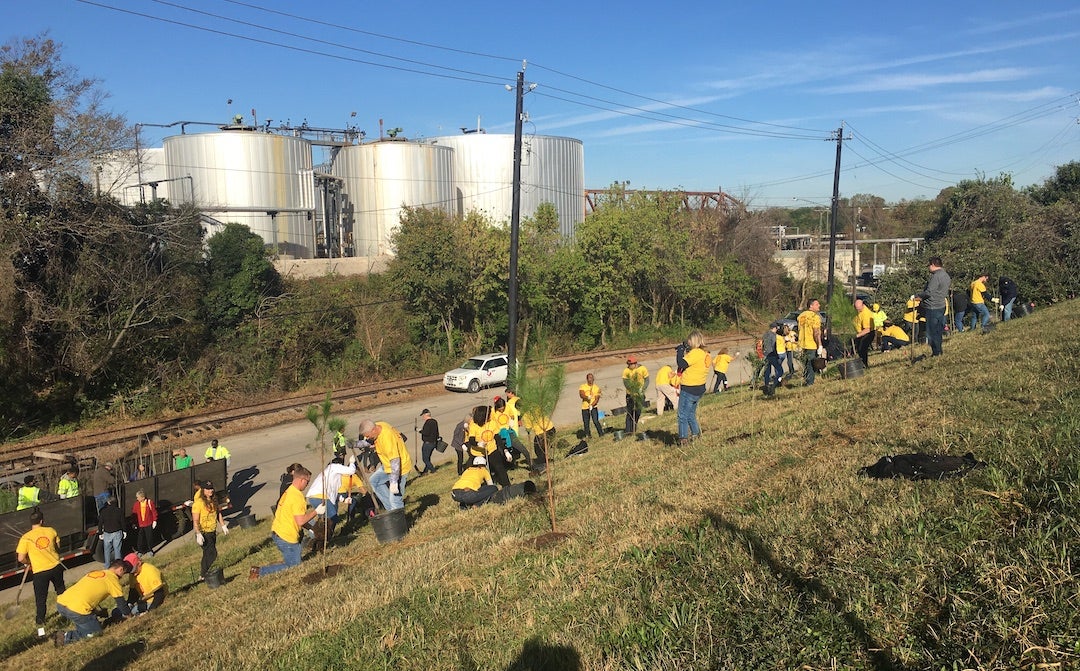
HOUSTON – (Dec. 9, 2021) – It’s easy to say “just plant more trees” to mitigate air pollution. But how? Where? And what kind?
A new study by collaborators at Rice University, the Houston Health Department’s environmental division and Houston Wilderness establishes live oaks and American sycamores as champions among 17 “super trees” that will help make the city more livable and lays out a strategy to improve climate and health in vulnerable urban areas.
Best of all for Houston, they’re already implementing their plan in the city, and now offer what they’ve learned to others.
The open access study in the journal Plants People Planet -- led by Houston Wilderness President Deborah January-Bevers and colleagues at Rice and in city government -- lays out a three-part framework for deciding what trees are the right ones to plant, how to identify places where planting will have the highest impact and how to engage with community leadership to make the planting project a reality.
Using Houston as a best-case example, the collaborators determined what trees would work best in the city based on their ability to soak up carbon dioxide and other pollutants, drink in water, stabilize the landscape during floods and provide a canopy to mitigate heat.
With that information, the organizers ultimately identified a site to test their ideas. With cooperation from the city and nonprofit and corporate landowners, they planted 7,500 super trees on several sites near the Clinton Park neighborhood and adjacent to the Houston Ship Channel. (They actually planted 14 species, eliminating those that bear fruit to simplify maintenance for the landowners.) Along with planting native trees, the partners conducted a tree inventory and removed invasive species.
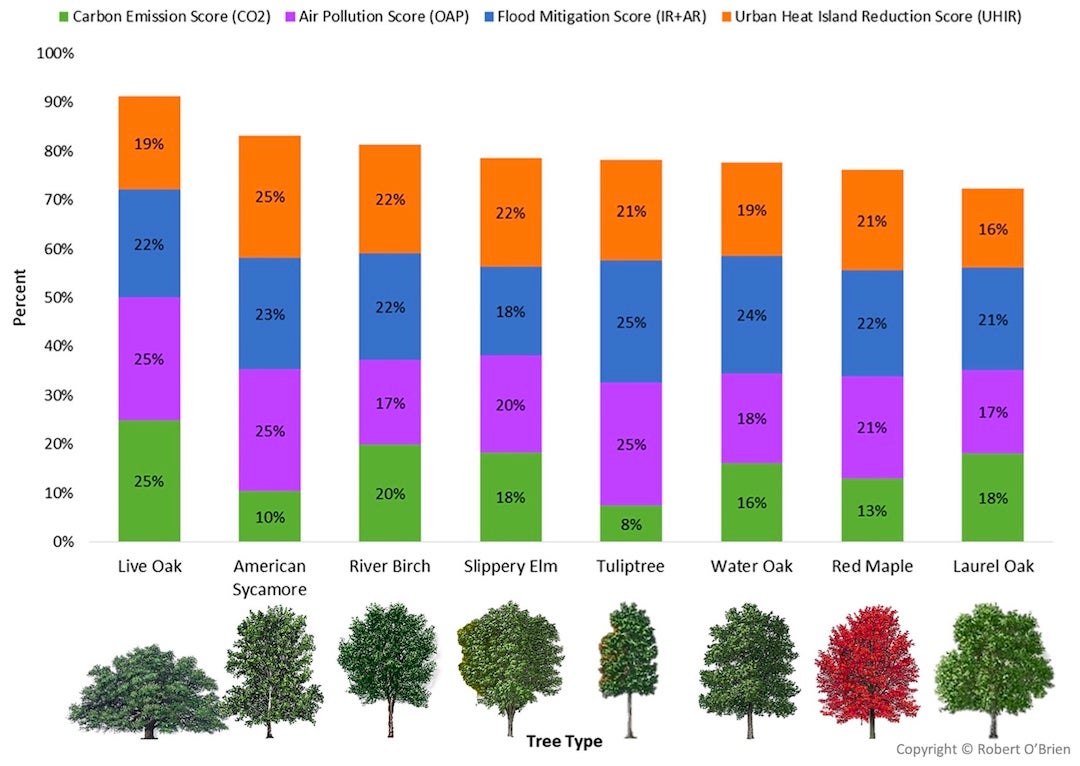
All of that took advance planning, and that’s where Rice’s statisticians -- in line with the university’s Vision for the Second Century, Second Decade goal for community engagement -- helped narrow the options.
Rice alumna Laura Campos, a data scientist in the Department of Statistics, was brought into the project by Loren Hopkins, who serves double duty as a professor in the practice of statistics, environmental analysis at Rice and as chief environmental science officer for the city of Houston.
Co-author Erin Caton of the city’s health department organized data that allowed the team to establish overall rankings for the super trees and their wannabes.

For her part, Campos gathered the wealth of data Rice has collected in the past decade linking health and pollution in Houston, creating maps that showed where mass plantings would have the most impact.
“These maps help people understand that their little pocket neighborhoods are connected to the bigger picture,” Campos said. “They help us bring in all the players to get them to realize how everything is interconnected and how public health can benefit with every step forward.”
Ranking the species’ talents to soak up pollutants, provide flood mitigation and cool “urban heat islands” helped them eliminate most of the 54 native trees they evaluated. Ultimately, they narrowed the list to 17 super trees, with live oak and American sycamore on top.
Live oaks were No. 1 for their ability to soak up pollutants across the board. The No. 2 sycamore was less able to pull in carbon but excelled at grabbing other pollutants, flood remediation and reducing heat on the ground with its wide canopy.
The study addresses how such strategic groves can contribute to human health initiatives and took into account an earlier Rice study by Campos, Hopkins and Katherine Ensor, the Noah G. Harding Professor of Statistics, that established how pollution in Houston causes preventable asthma attacks in schoolchildren. That and a Rice study with the city linking Houston ozone levels to cardiac arrests helped the tree team make its case for the project.
“They took their health care data and overlapped it with our section map, and it was really compelling,” January-Bevers said. “That’s what we wanted to concentrate on first because these are areas right up against plants along the ship channel.”
Some super trees -- particularly live oak, American sycamore, red maple, and laurel oak -- are adept at pulling ozone, nitrogen oxides, carbon monoxide, sulfur dioxide and particular matter 2.5 microns and smaller from the air. That helps determine where they can be deployed to have maximum impact on neighborhood health.
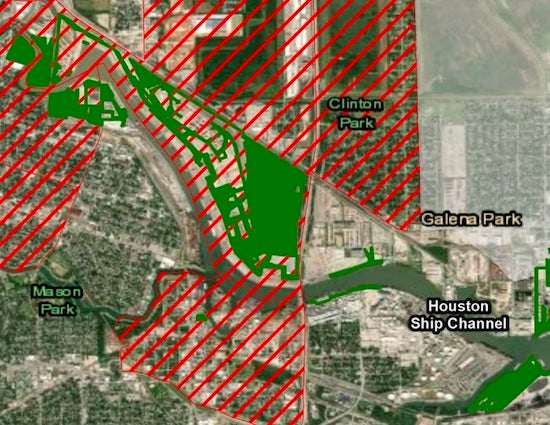
“We’re still running the program, with over 15,000 native super trees now planted along the ship channel, and it’s incredibly popular,” January-Bevers said, crediting Hopkins with the push to issue a study that could help other communities. “It’s benefiting our city in regions that are critical for air quality, water absorption and carbon sequestration.”
Hopkins said the contribution by Rice -- a “Tree Campus USA” and an arboretum in its own right -- was important in setting a tree-ranking method that could influence environmental strategies just as well in other cities.
“The meaningful planting of trees is a vital aspect of this study but it should not overshadow the main objective of directly connecting climate to health,” Hopkins said.
“This project proves that engaging people from various sectors leads to innovative strategies to address climate change,” she said. “Ultimately, these types of collaborations must extend into corporate board rooms to make a substantial impact.”
Images for download:
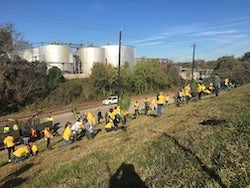
https://news-network.rice.edu/news/files/2021/12/1213_TREES-1-WEB.jpg
Houston Wilderness and corporate volunteers plant “super trees” at an industrial site along Peavy Drive, near Buffalo Bayou. Members of Rice University’s Department of Statistics helped produce a new study that offers strategies to other cities interested in planting trees to mitigate environmental concerns. (Credit: Houston Wilderness)
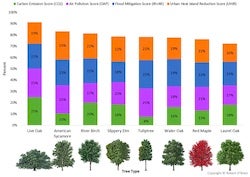
https://news-network.rice.edu/news/files/2021/12/1213_TREES-2-WEB.jpg
A graphic shows the top “super trees” able to help the fight against climate change in Greater Houston. A new study by Houston Wilderness, the city of Houston and Rice University offers strategies to other cities for using similar data to impact their environments. (Source: Hopkins, L. P., January-Bevers, D. J., Caton, E. K., & Campos, L. A. (2021). A simple tree-planting framework to improve climate, air pollution, health and urban heat in vulnerable locations using nontraditional partners. Plants, People, Planet, 1-15. https://doi.org/10.1002/ppp3.10245)
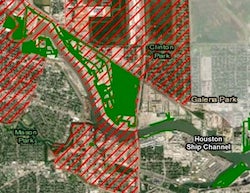
https://news-network.rice.edu/news/files/2021/12/1213_TREES-3-WEB.jpg
Rice University statisticians matched health data from earlier studies that linked asthma attacks among schoolchildren and cardiac arrest to pollution in Houston neighborhoods to determine where planting “super trees” would have the most benefit. In this map, the red hatch marks show regions of high incidence of ambulance-treated asthma attacks and/or cardiac arrest. (Source: Hopkins, L. P., January-Bevers, D. J., Caton, E. K., & Campos, L. A. (2021). A simple tree-planting framework to improve climate, air pollution, health and urban heat in vulnerable locations using nontraditional partners. Plants, People, Planet, 1-5. https://doi.org/10.1002/ppp3.10245)
Located on a 300-acre forested campus in Houston, Rice University is consistently ranked among the nation’s top 20 universities by U.S. News & World Report. Rice has highly respected schools of Architecture, Business, Continuing Studies, Engineering, Humanities, Music, Natural Sciences and Social Sciences and is home to the Baker Institute for Public Policy. With 4,052 undergraduates and 3,484 graduate students, Rice’s undergraduate student-to-faculty ratio is just under 6-to-1. Its residential college system builds close-knit communities and lifelong friendships, just one reason why Rice is ranked No. 1 for lots of race/class interaction and No. 1 for quality of life by the Princeton Review. Rice is also rated as a best value among private universities by Kiplinger’s Personal Finance.

